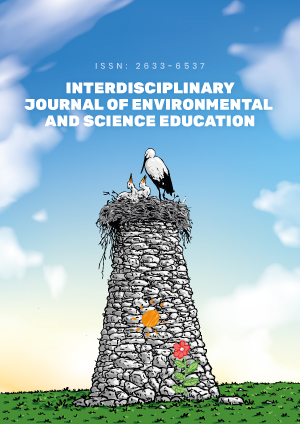Abstract
The application for burning incenses case study both indoors and outdoors is a controversial issues of value-laden and moral dilemma in Taiwan. This research aimed at using the argumentation-based case study as burning incenses with concept mapping approach in identifying students’ learning performances towards scientific process skills. It was followed by an argumentation-based approach of pre-tests, post-tests and interviews designed for 139 qualified participants. All data collected from two experimental group students’ argumentation-based learning performances and feedback was further analyzed by means of open-ended achievement tests, descriptive statistical analysis of learning attitude and the narration of students’ interviews. Analytical results indicated that the argumentation-based texts were successfully designed for students’ learning guidance by instructor. An evaluation tools with content validity and good reliability (Cronbach’s α > .9) were developed to assess students’ argumentation-based learning performances. The achievement posttest finding revealed that two experimental group students enhanced their science argumentation skills of higher level than pretests. The further t-test of achievement posttest didn’t indicate any significant differences (p> .05) for two experimental group students. Students’ positive learning feedbacks also provided the predominant advantage for activating responsive reasons, promoting their critical thinking, enhancing self-confidence of science process skills and supporting teachers in argumentation teaching.
License
This is an open access article distributed under the Creative Commons Attribution License which permits unrestricted use, distribution, and reproduction in any medium, provided the original work is properly cited.
Article Type: Research Article
INTERDISCIP J ENV SCI ED, Volume 16, Issue 4, 2020, Article No: e2222
https://doi.org/10.29333/ijese/8544
Publication date: 18 Sep 2020
Article Views: 2631
Article Downloads: 1625
Open Access References How to cite this article
 Full Text (PDF)
Full Text (PDF)